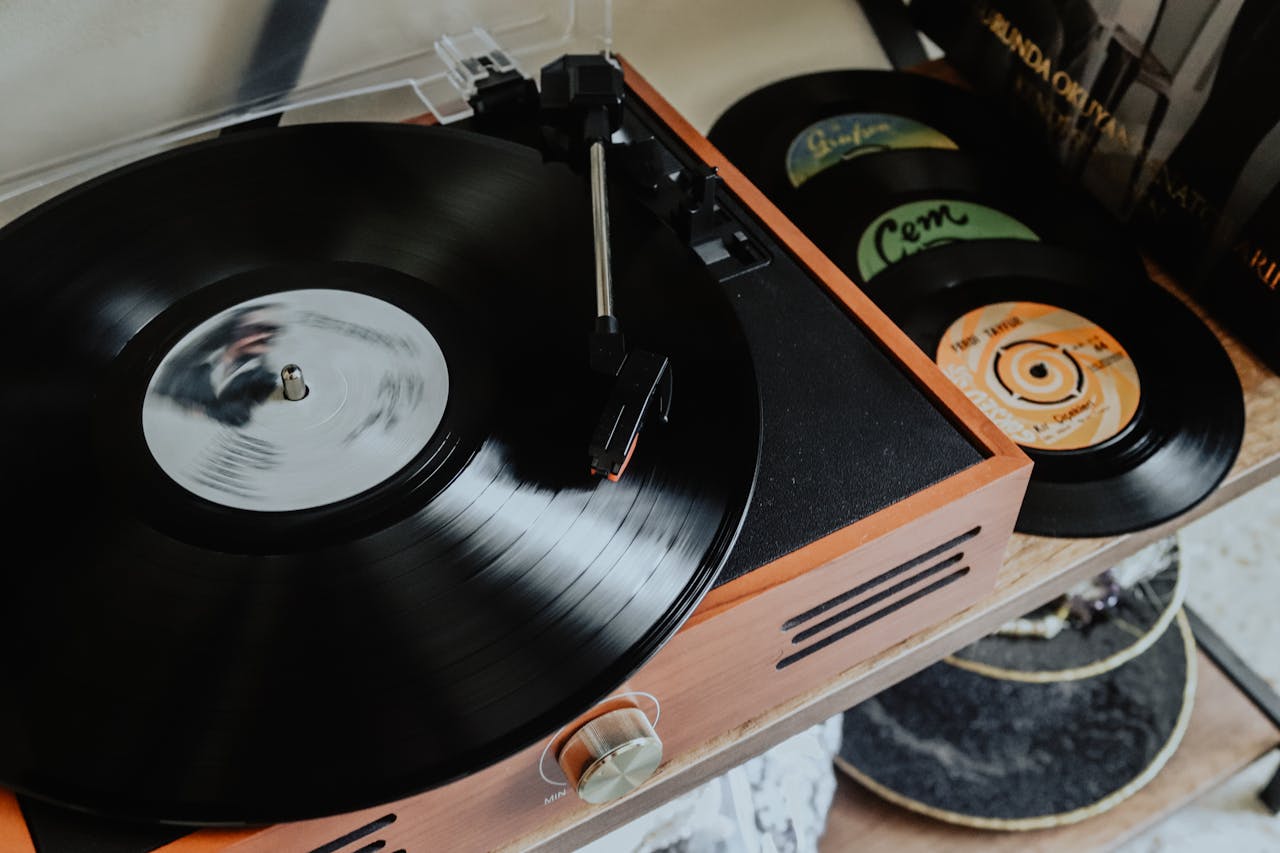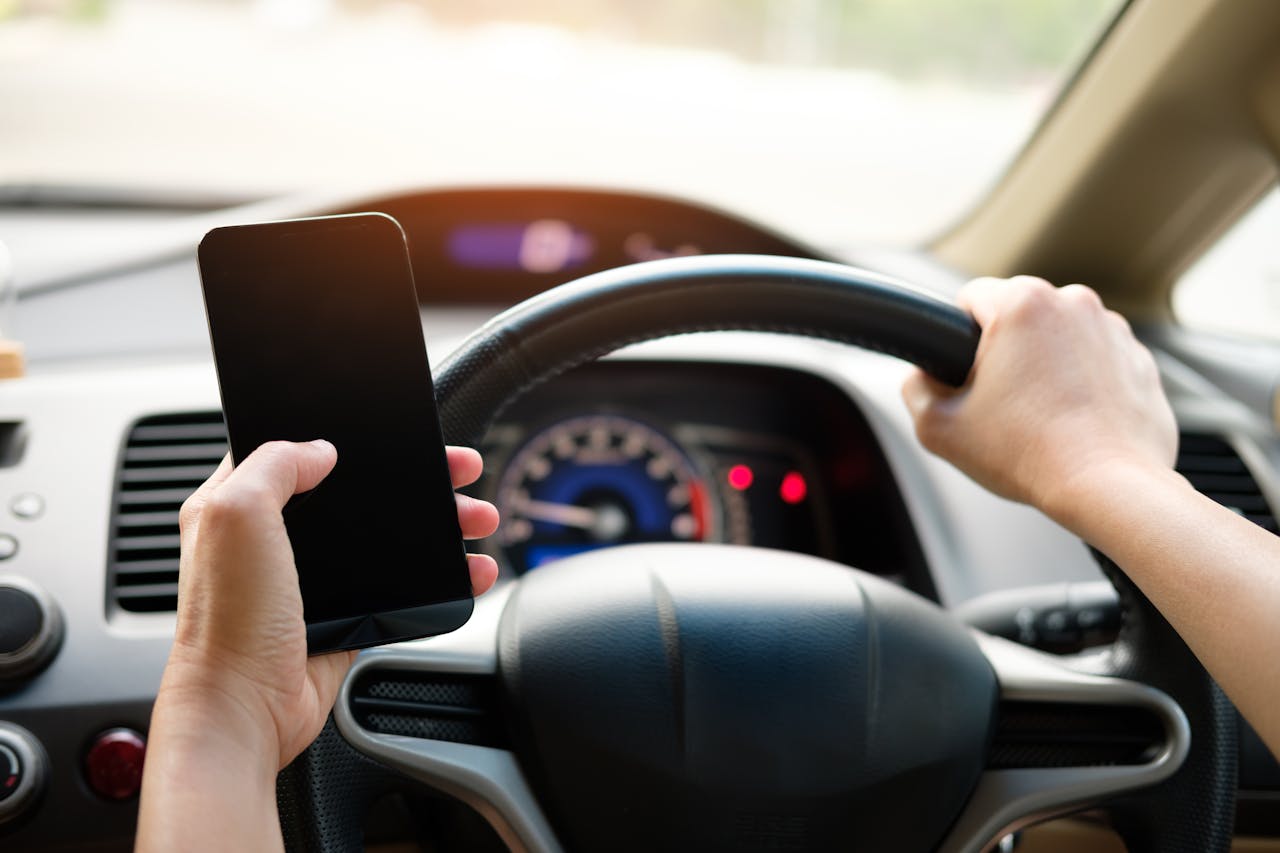Childhood habits turned into adult rituals, and they still show up in small, stubborn ways. Those raised between dial-up tones and early smartphones keep tactile steps that reward patience, curation, and privacy. They plan drives with printed routes, store songs in folders they named themselves, and treat photos like keepsakes, not just files. What this really signals is comfort with friction. Waiting builds meaning. Owning a copy matters. And a little offline space feels like calm in a loud, scrolling world.
Naming and Burning Mix CDs
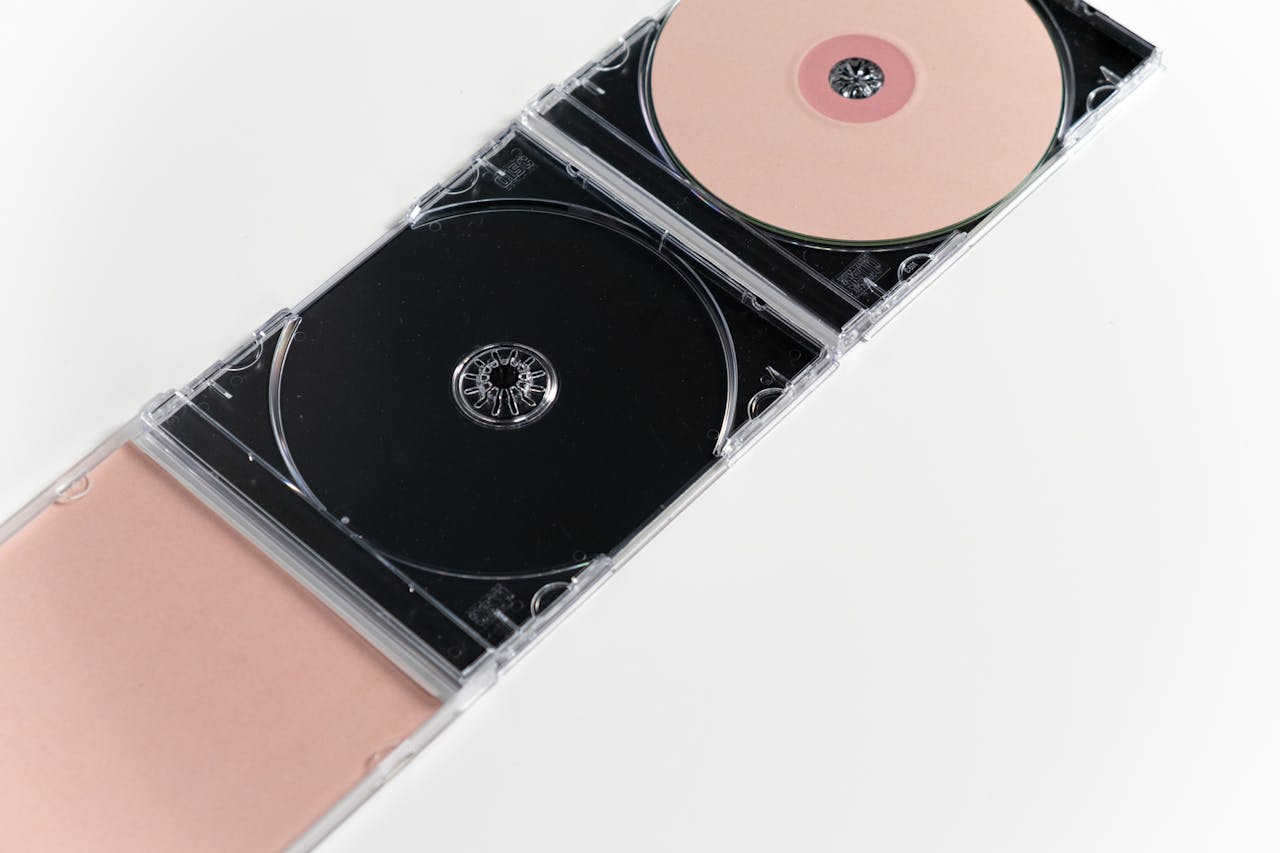
Playlists once lived on plastic circles with hand-written titles and track lists chosen in a deliberate order. Many still build discs for road trips, parties, or gifts, obsessing over the opening hook, the mid-ride mood shift, and the slow fade at the end. Sequencing is a craft, not a shuffle. The case click feels like a final period. A spindle of past mixes becomes a diary of seasons, friendships, and tiny victories that never depended on an app login.
Saying Be Kind, Rewind and Loving VHS
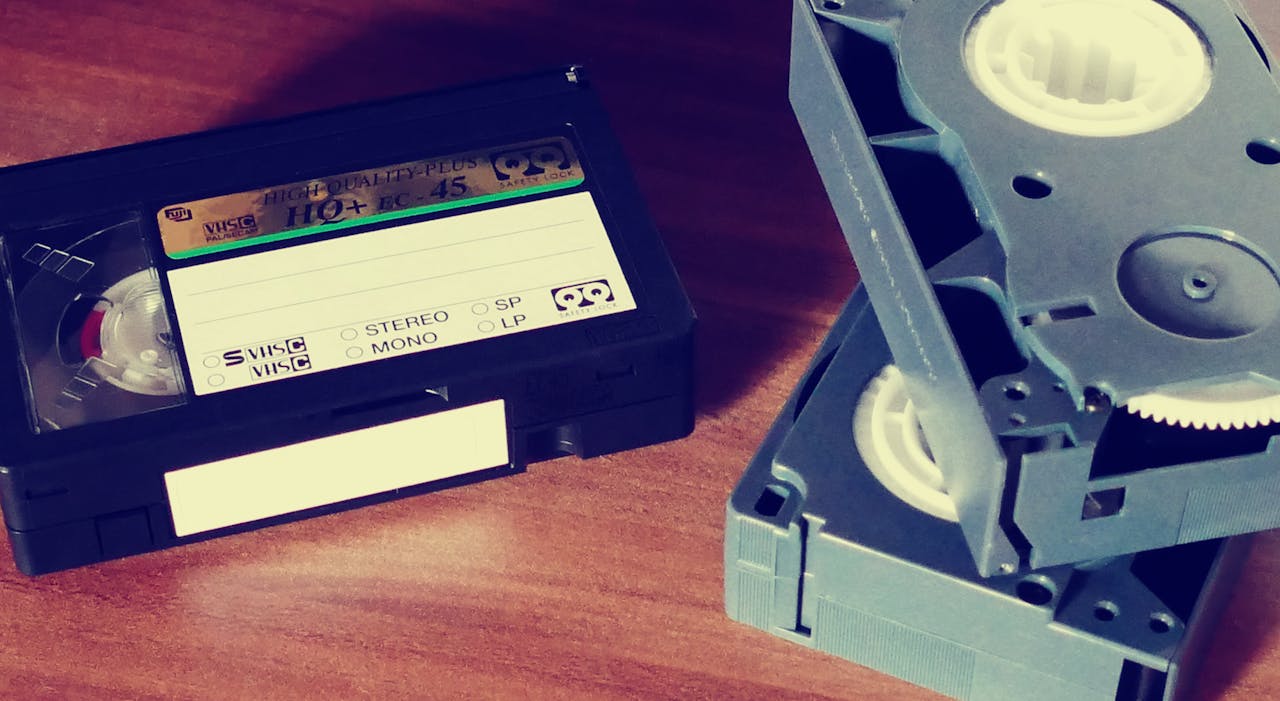
A rental tape trained manners and patience, so the phrase sits in muscle memory like a polite reflex. Rewinding felt like paying the next viewer forward, even if no one noticed. Tracking lines, soft edges, and taped TV specials carry the warmth of living rooms and sleepovers. Some keep a VCR for holiday recordings and home videos because the slight fuzz reads as time passing. In an era of instant scrubbing, those flaws feel human and earned.
T9 Thumb Speed and Keypad Texting
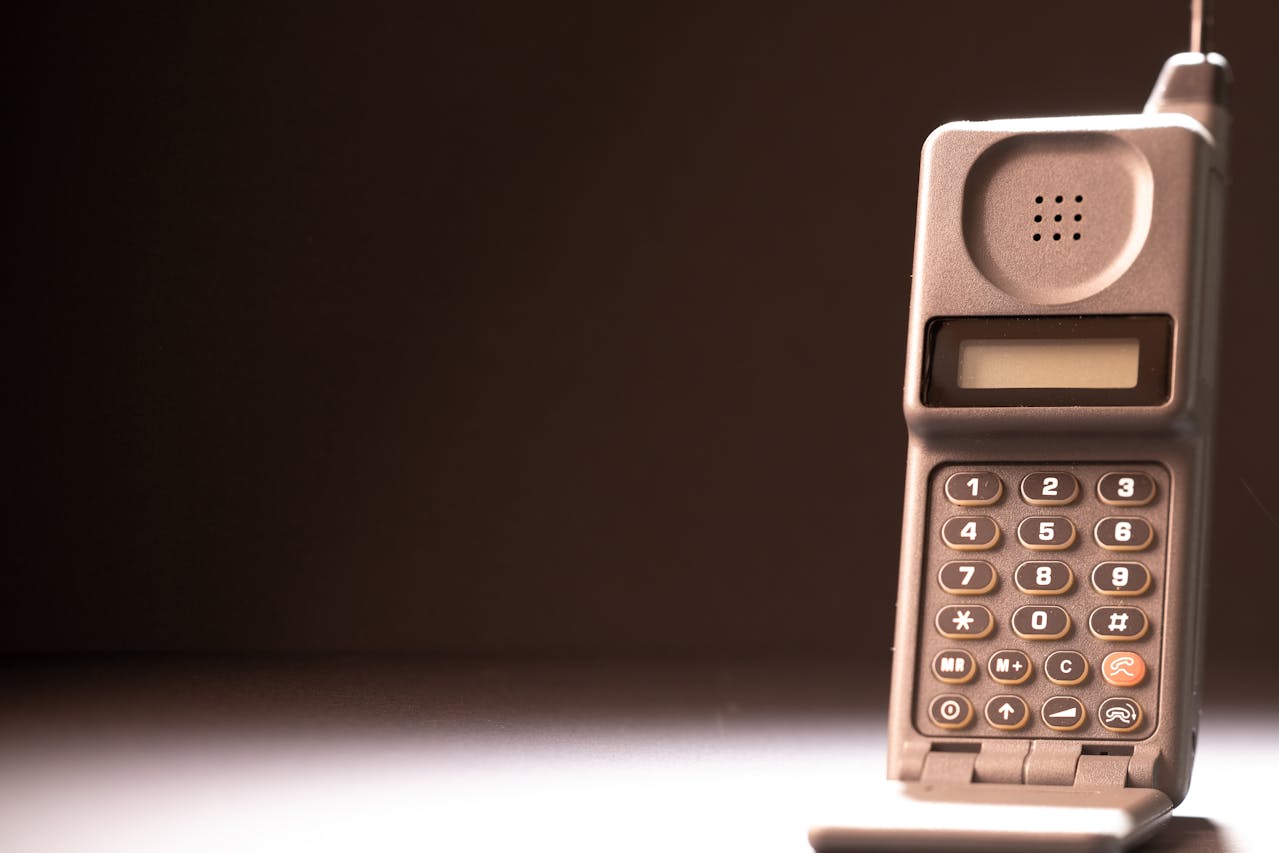
T9 taught rhythm and pattern recognition on twelve keys, and that cadence never fully left. Many can still fly across a keypad, predicting words from letter maps rather than swipes. Number codes linger as private jokes, and the hard snap of a flip phone closing remains unmatched punctuation. When focus matters, a small clamshell comes out for quiet weekends. The constraint sharpens thought, trims filler, and turns each message into a compact, deliberate note.
Memorizing Numbers and Landline Etiquette
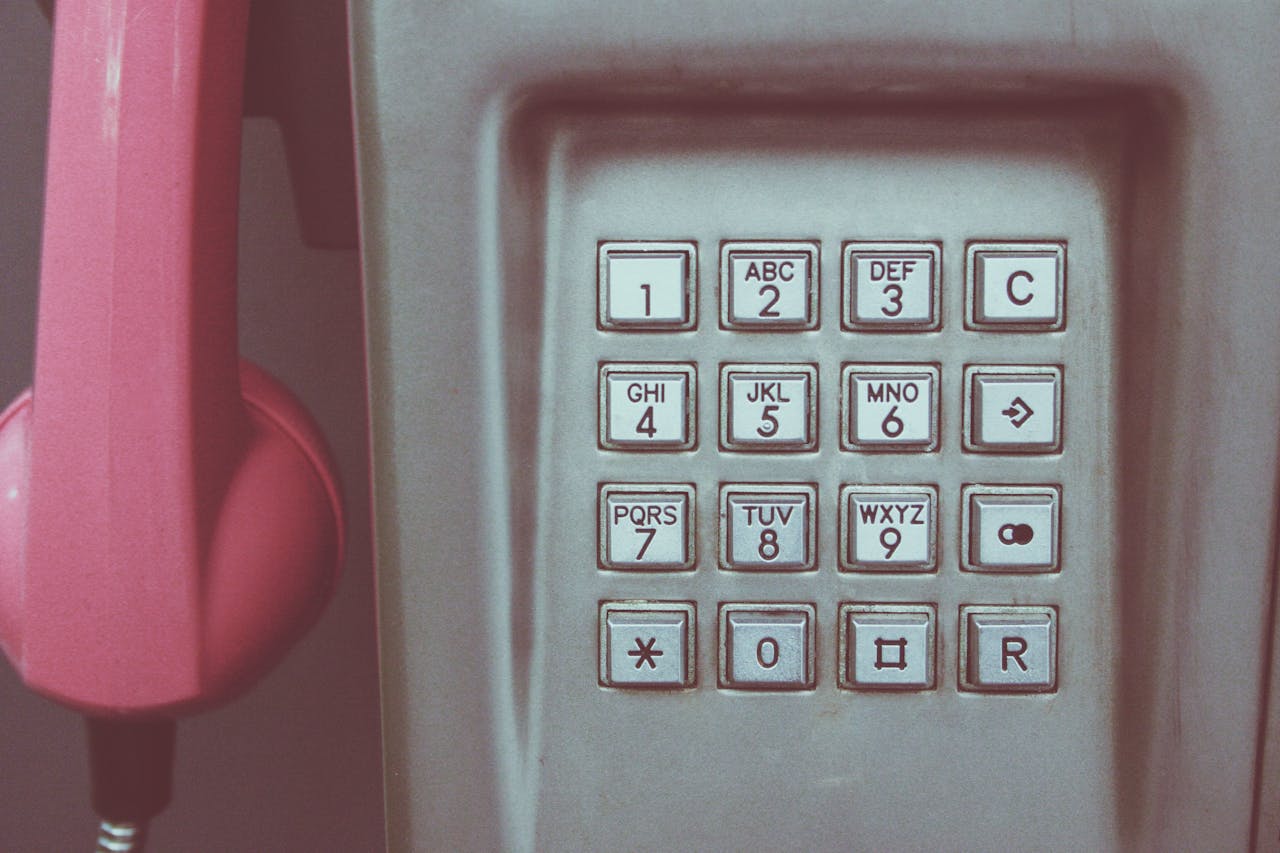
A surprising number of ten-digit sequences still live rent-free in long-term memory. Landline habits followed: answering with a clear hello, asking if now is a good time, and leaving crisp voicemails that include a callback and context. Busy signals, call waiting, and star codes trained patience and boundary setting. That muscle becomes an adult superpower when a battery dips to red and the cloud stalls. The mind, not the phone, becomes the contact list that never crashes.
Printing MapQuest and Using Glovebox Atlases
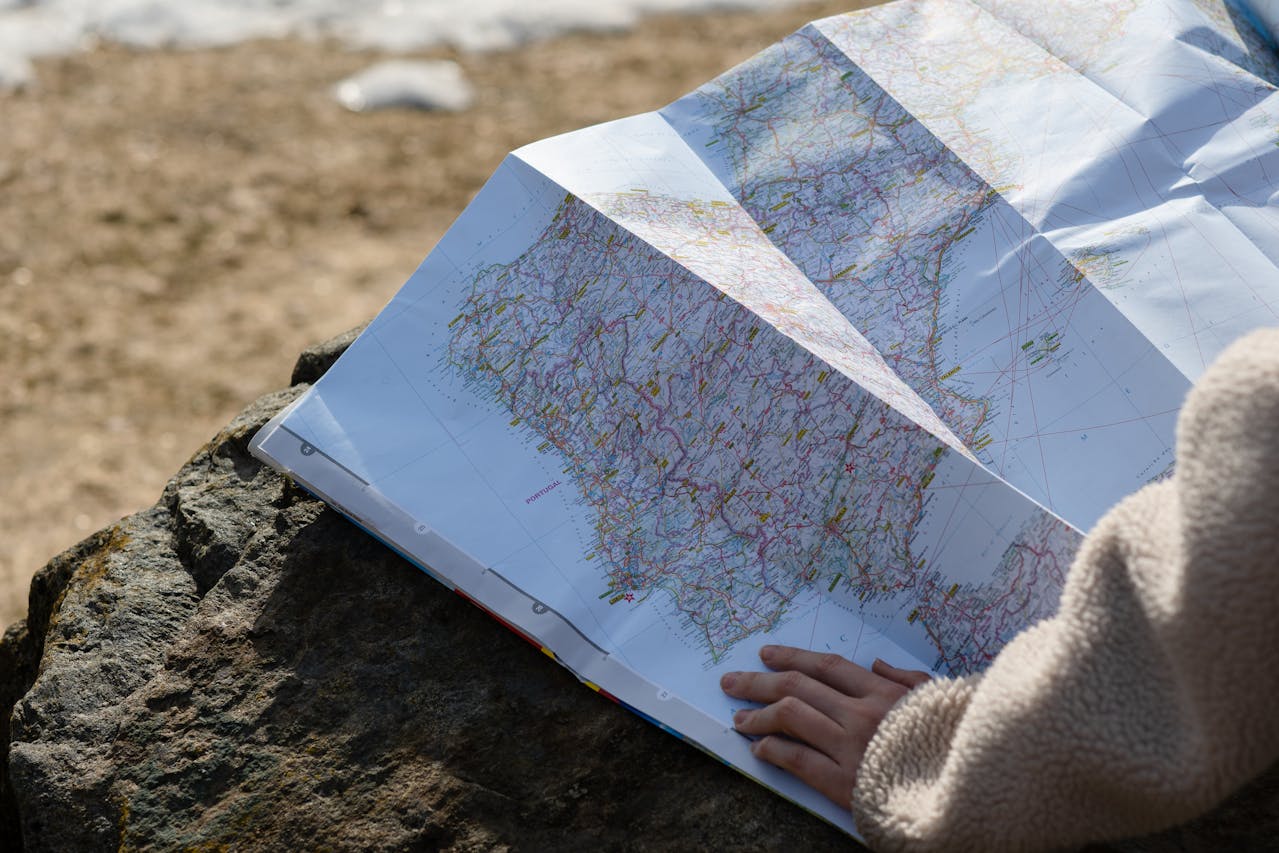
Navigation once began at a desk, not in a car. Directions were printed, highlighted, and folded to the right page before the engine turned. Landmarks mattered as much as exit numbers. Some still carry an atlas for dead zones and detours, writing fuel notes in the margins like mini logbooks. Planning a route puts the brain ahead of the road, so eyes stay on signs, not a flickering blue dot. A paper backup lowers stress when signals vanish.
AIM Away Messages and Lyric Statuses

Away messages were a public mood board wrapped in plain text. Lyrics, timestamps, and cryptic notes told friends where the head and heart sat. The style persists in bios and captions that carry brackets, slashes, and stage-direction asterisks. It is shorthand for vibe without oversharing. The habit also trained selective presence: not always available, but thoughtfully reachable. A single line can still summon an era of door creaks, buddy lists, and late-night typing sounds.
Recording Songs Off the Radio
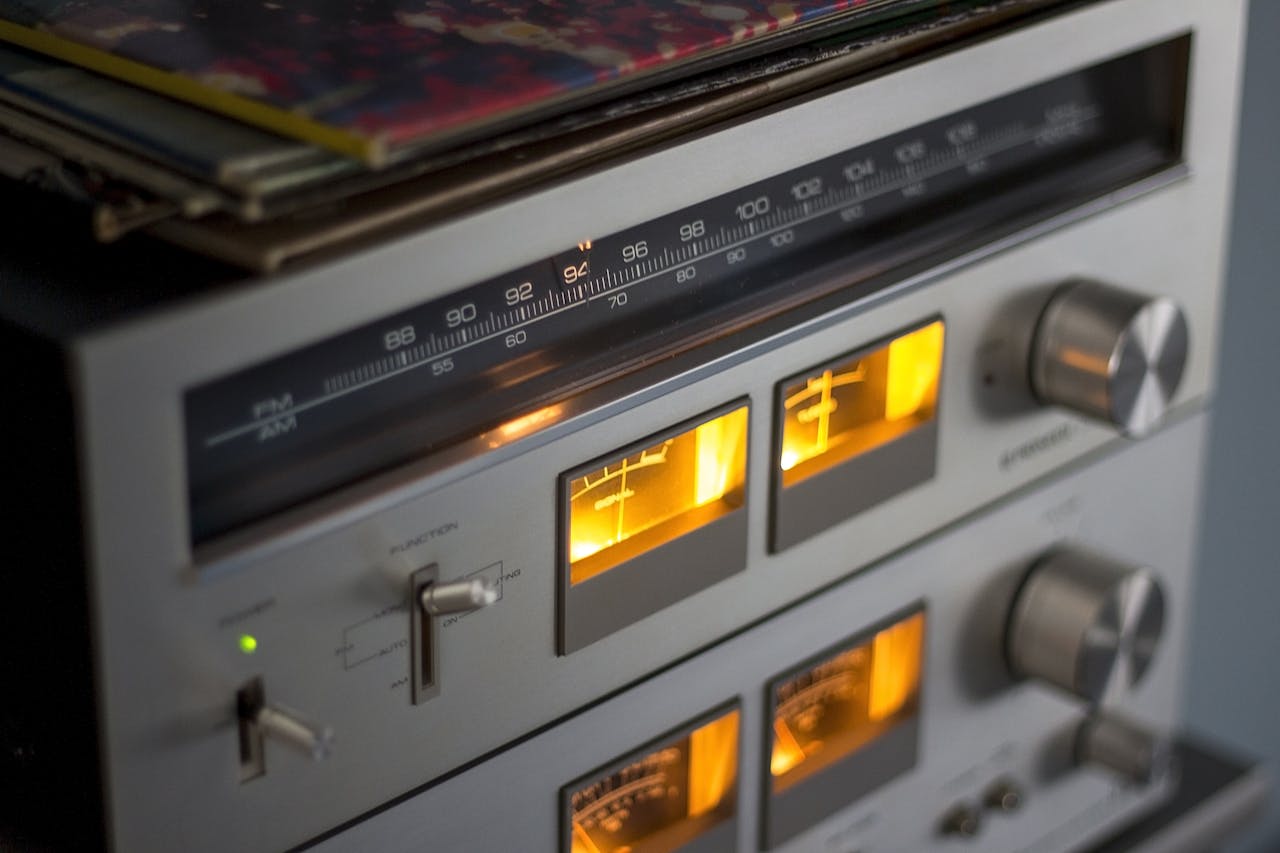
Perfect timing meant hovering over pause, dodging a DJ intro, and nailing the last chorus. Those homemade tapes taught patience and precision. The payoff was a personal mix with quirks that streaming smooths away. Many still treasure live rips and radio edits, hearing the room in the recording. That training nudges today’s listening toward full albums, liner notes, and front-to-back focus. Imperfections become part of the story rather than errors to be erased.
Bringing a Point-and-Shoot to Parties
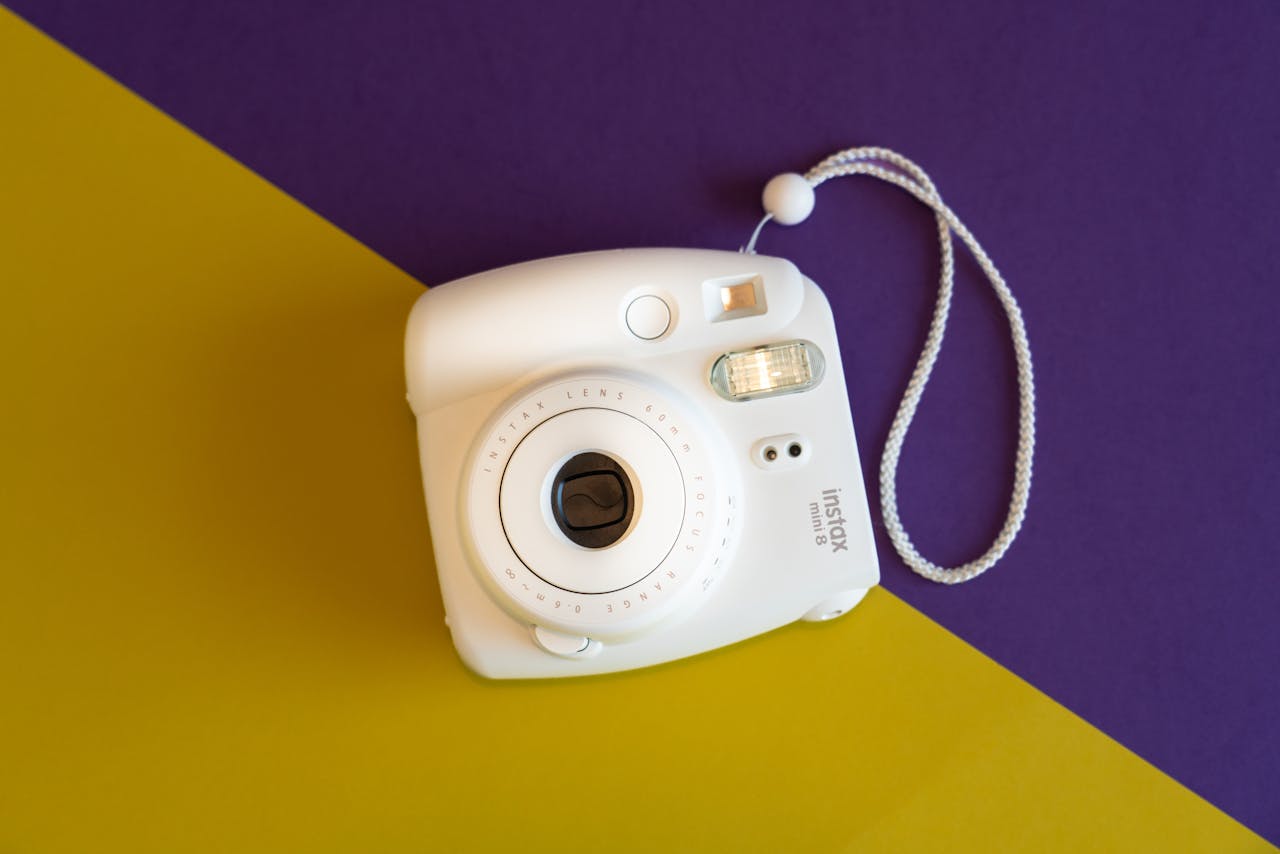
A pocket camera turns a night into punchy flashes, mild grain, and candid faces that feel unposed. Phones can do it all, but a dedicated camera keeps messages separate and distraction low. Later, the card is dumped into folders named by month and place, not into a feed. The result is a private premiere instead of a public scroll. Red-eye remains a lovable flaw, like laughter caught mid-blink that would have been edited out elsewhere.
Meticulous MP3 Folders and Winamp Nostalgia

Files are organized by artist, album, and track like little shelves on a hard drive. Tags get cleaned, covers fixed, and mislabels hunted down. It is respect for the catalog and a claim of ownership that subscriptions cannot match. Winamp skins and visualizers live on in how listening sessions are arranged today, complete with crossfades and star ratings. A library built by hand becomes a timeline of taste, not a moving target shaped by recommendations.
Video Store Rituals and Late Fee Lore
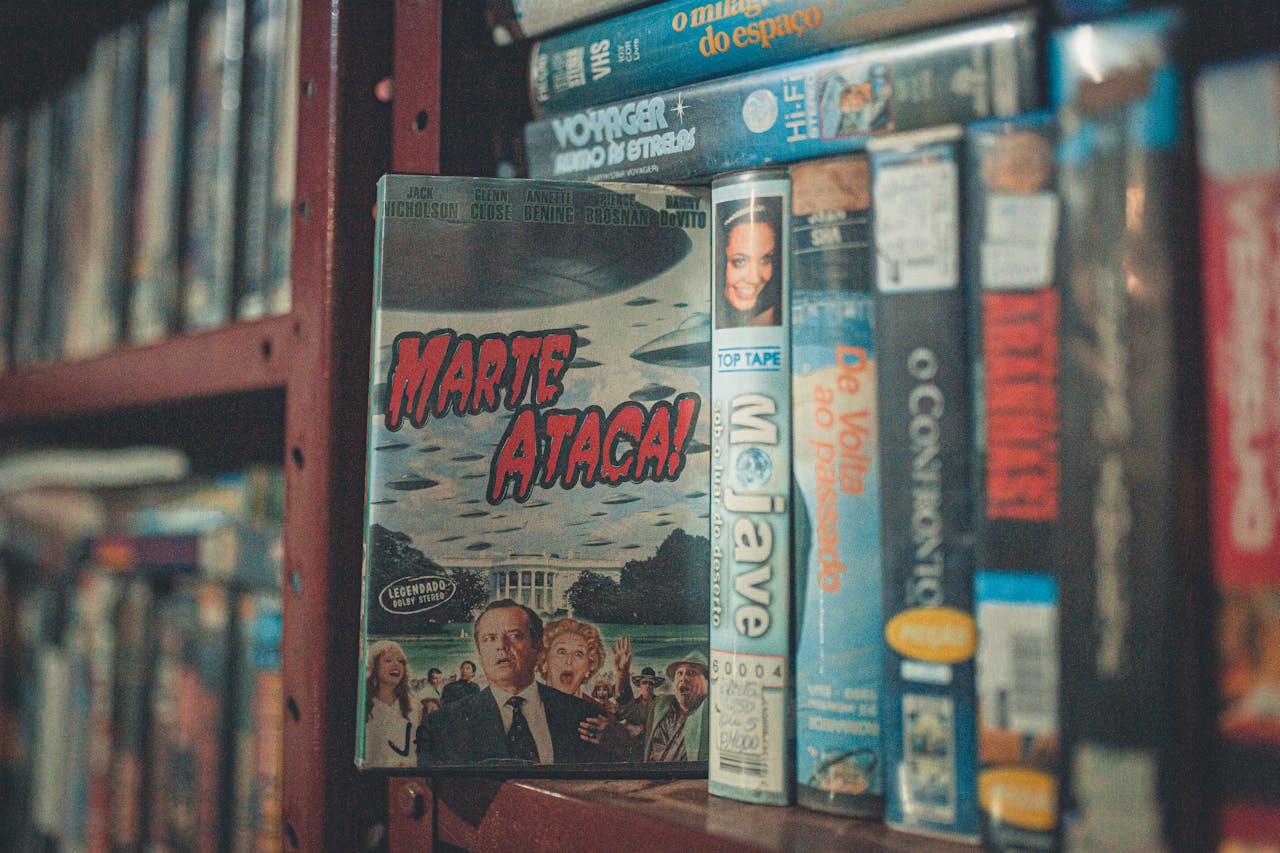
Friday nights used to start under fluorescent lights, reading cover art like tiny movie posters and bargaining with time. Could the film be finished before the dropbox deadline. That calculus still shapes how choices get made even without penalties. The ritual trained curation, not endless scrolling. Some keep shelves of DVDs organized by genre, director, or pure chaos, and the act of choosing with hands, not thumbnails, becomes a small anchor in a noisy media sea.
Disposable Cameras and One-Hour Photo
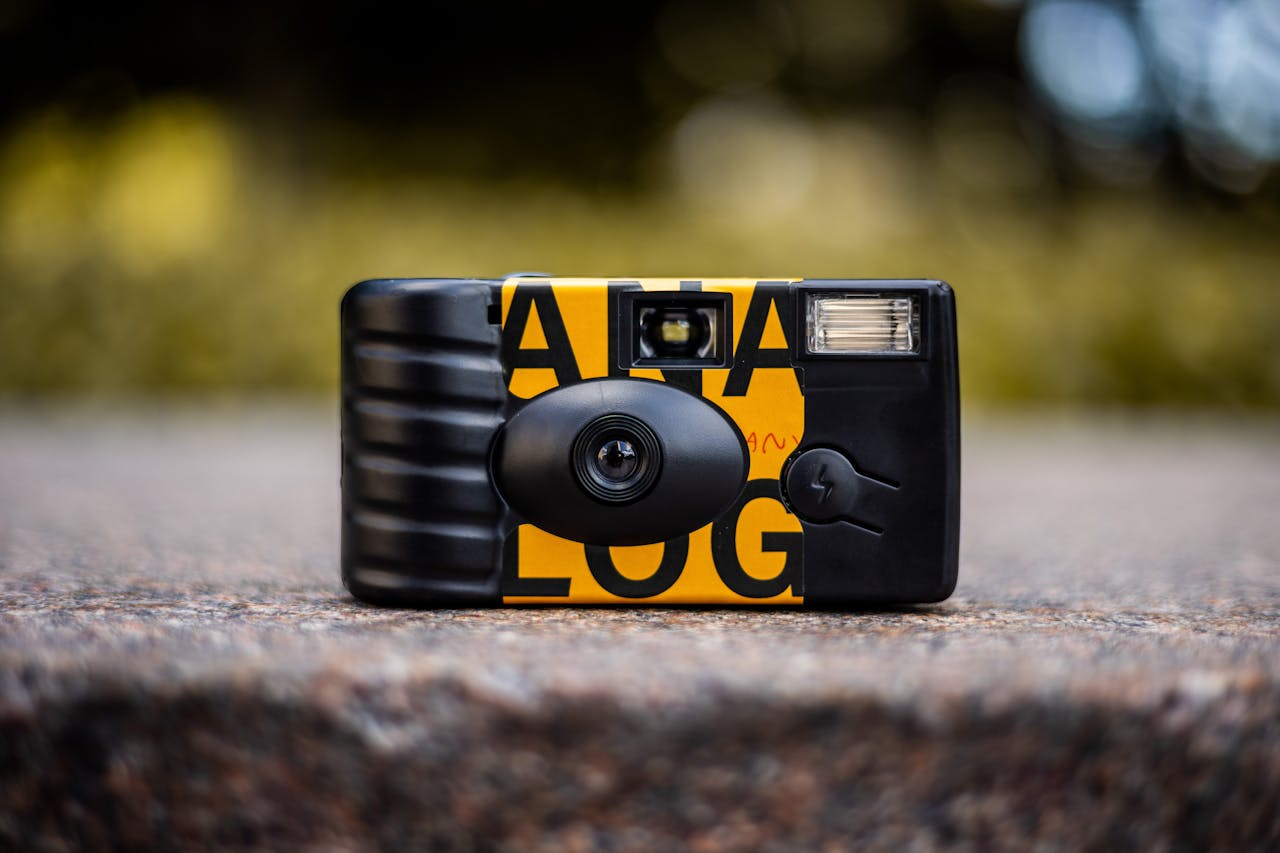
A disposable camera asks for commitment. Point, click, and accept what the flash gives. The reveal comes later at a counter that smells like paper and developer, turning patience into surprise. Many still bring them to weddings and road trips because the delay adds meaning and the texture feels honest. Prints end up on cork boards, in shoeboxes, or slotted into albums that open like time machines where each glossy rectangle resists the urge to scroll past.
Separate Gadgets for Simple Jobs
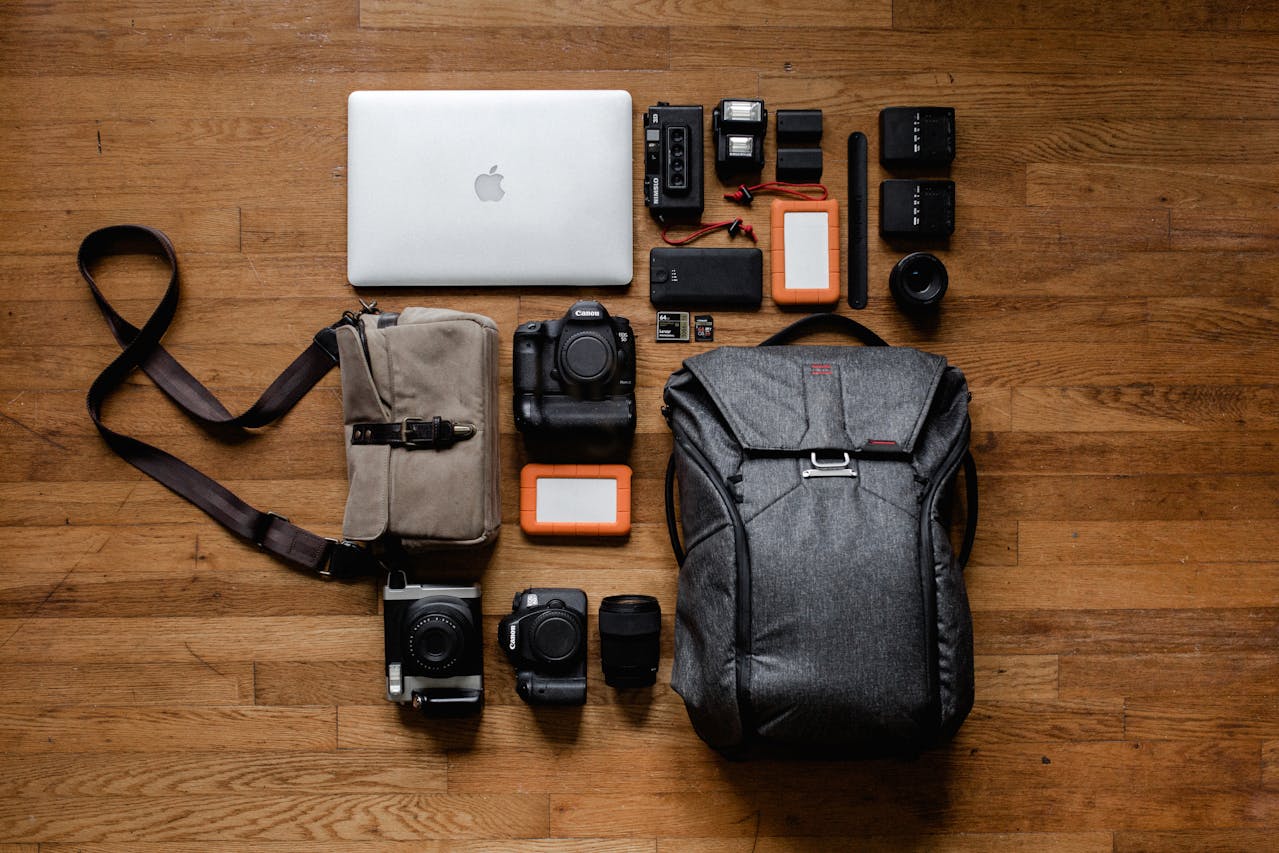
One device for one task keeps focus clean. Alarm clocks, iPods, calculators, and pocket dictionaries still earn drawer space because they reduce menu mazes and notifications. It is not anti-tech. It is pro-purpose. A desk with a lamp, a notebook, and a single-function tool becomes a cockpit for deep work. When the job ends, the gadget rests. Clear edges between tasks protect energy and leave less digital residue on the mind.
Cartridge Care and Save-File Superstitions
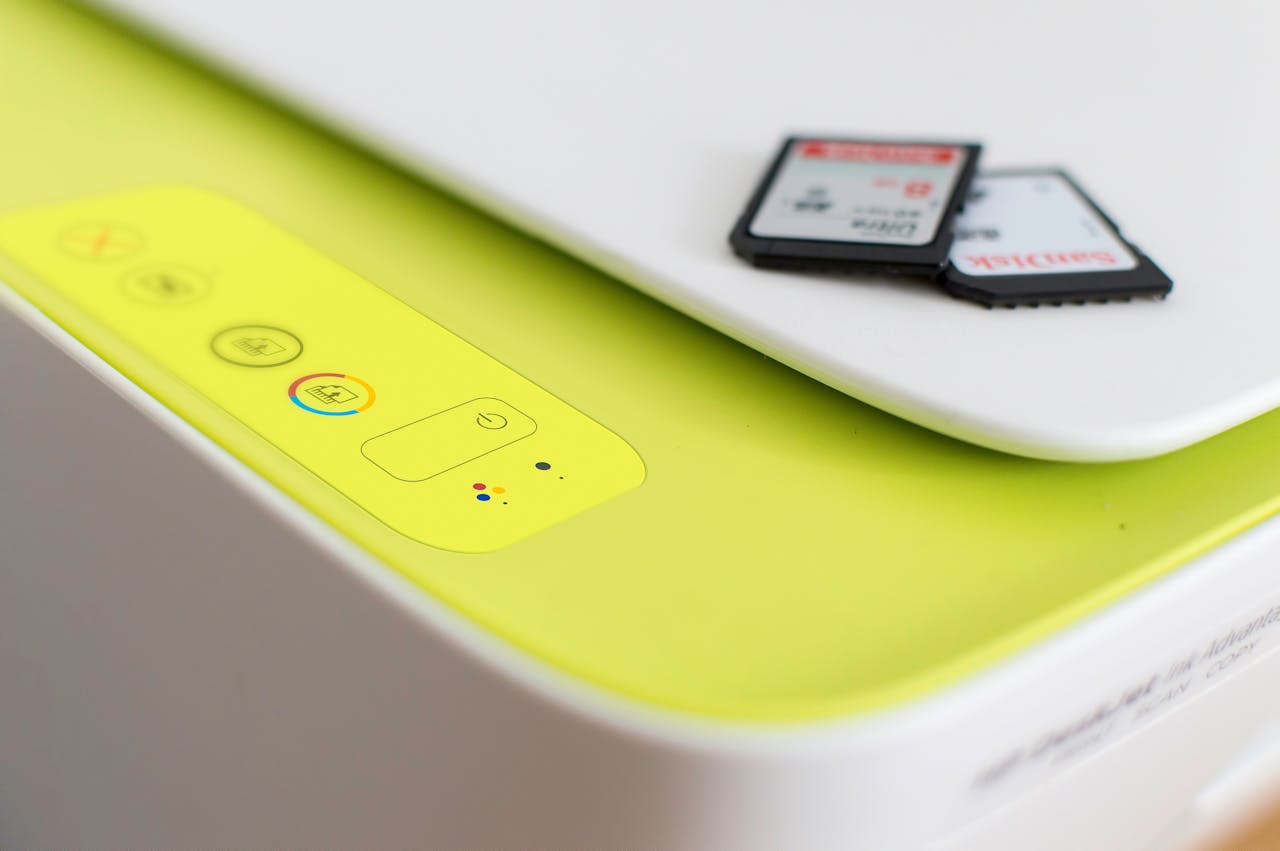
Cartridges once demanded rituals. A careful seat, a gentle tap, and a quiet prayer before the title screen. Memory cards got labeled, backups lived in slot two, and controllers felt like heirlooms. Local multiplayer on a couch built a social geometry new lobbies only echo. Retro consoles and remasters revive that texture today. Progress feels tangible, and victory tastes better when the cord barely reaches the sofa and everyone leans in during the final boss.
Backing Up to Discs and Sharpie Labels
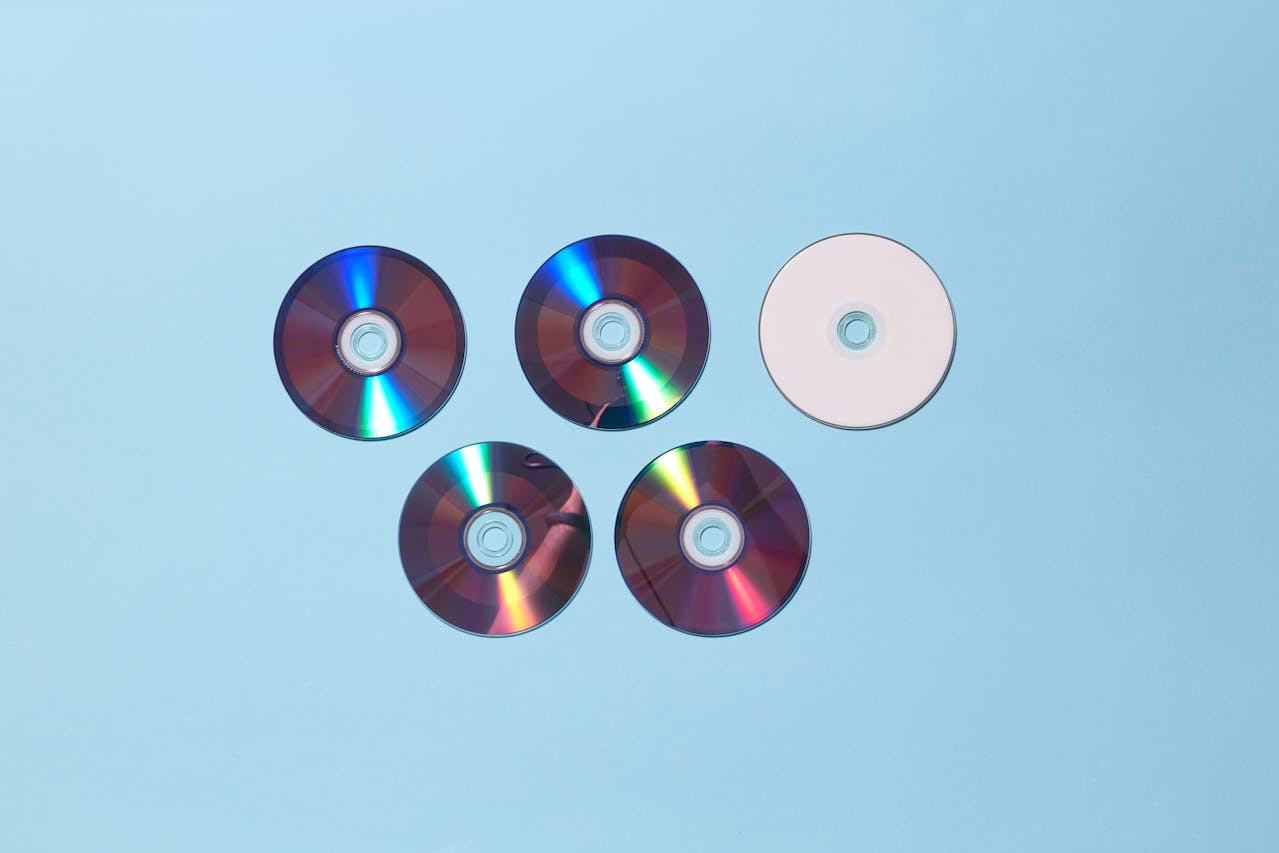
Before compact drives and cloud syncs, archives grew one disc at a time. Photos 2006, Thesis Final, Taxes were inked in block letters and stacked in spindles like little vaults. That habit evolved into external drives and monthly reminders, but the mindset stayed. Two copies in two places beats blind faith in a single login. Hearing a drive spin and seeing folders open provides proof that outlives a password reset or a policy change.
Saturday Morning TV Blocks and Appointment Viewing
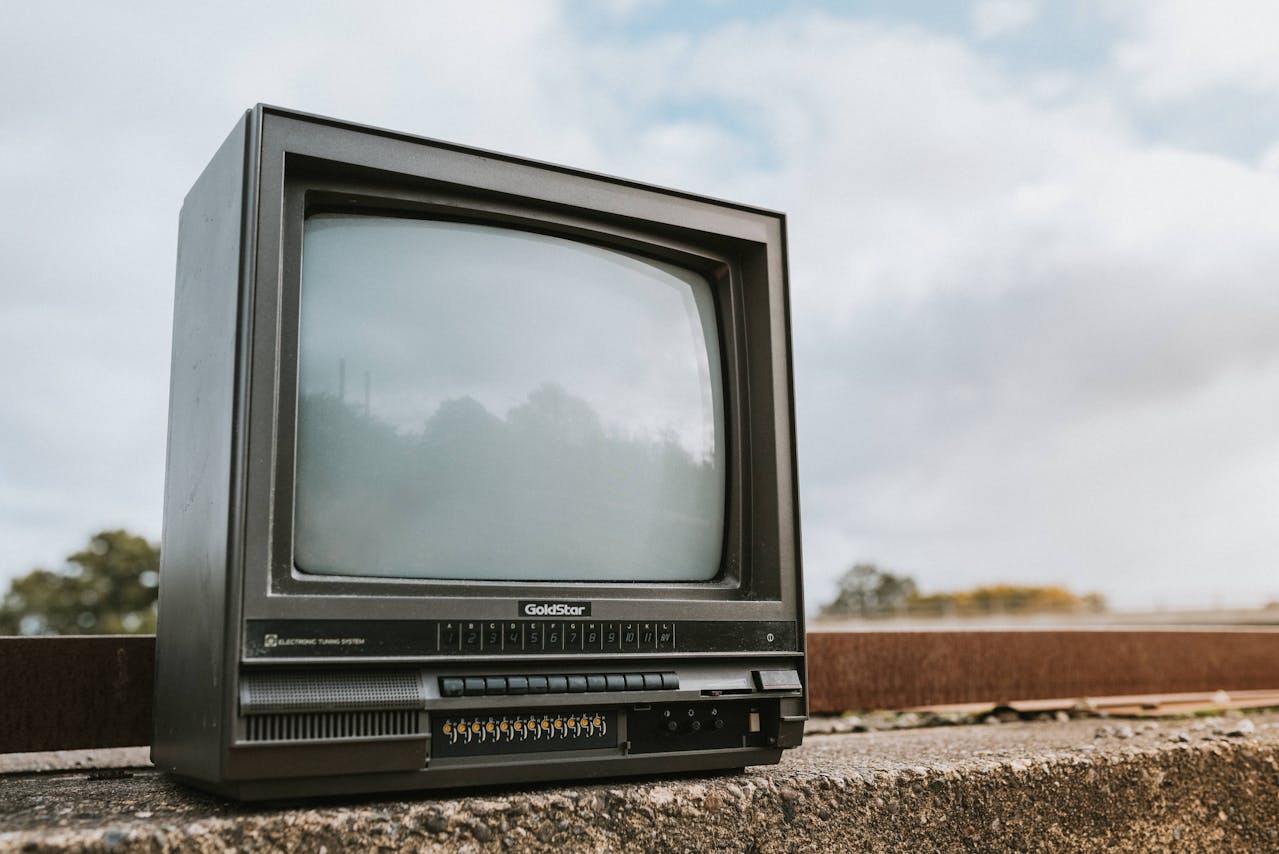
Cartoons arrived on a schedule, not on demand. Saturday mornings set a shared rhythm of cereal bowls, theme songs, and cliffhangers that waited a week. That timing taught anticipation and gave friends the same reference points by noon. The instinct survives in live sports windows, premiere nights, and watch parties saved for a particular hour. Waiting becomes part of the enjoyment, and the memory sticks because it unfolded together, not alone at 2 a.m.
